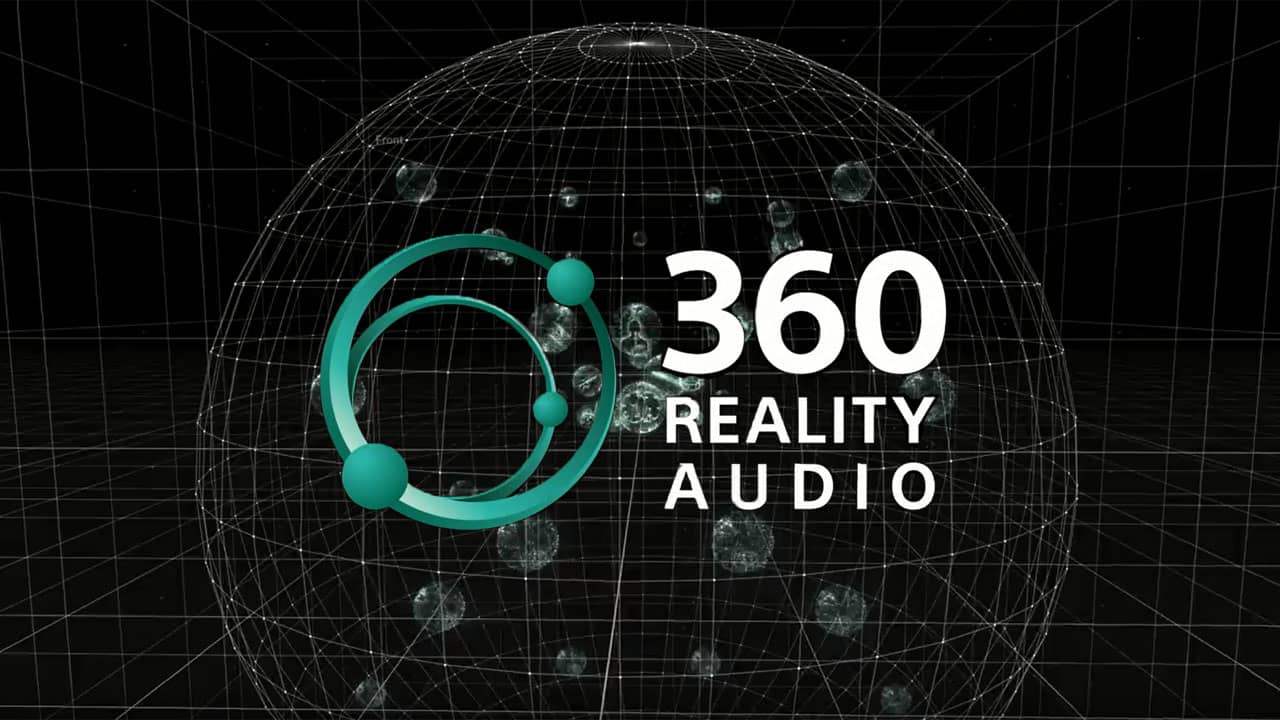Sound technology continues to move forward at an incredible pace, and one of the most powerful innovations today it. Unlike traditional mono or stereo sound, this surrounds the listener from every direction—front, back, left, right, above, and below. This creates an immersive audio experience that feels lifelike and three-dimensional. Whether you are a gamer, music lover, filmmaker, or VR enthusiast, this is redefining how people hear and feel sound.
This article explores what this is, how it works, its applications, and why it is becoming the future of digital audio.
What Is a 360° Audio Sphere?
This refers to a sound environment where audio is projected in all directions, creating a spherical listening experience. Instead of sound coming from a single source, it allows multiple sound points to exist around the user. The result is a fully immersive sensation, as if you are standing inside a bubble of sound.
This technology uses advanced acoustic design, digital signal processing, and intelligent algorithms to simulate real-life sound movement. When you hear waves crashing behind you, footsteps beside you, or wind blowing above you, it is the sphere doing its magic.
How the 360° Audio Sphere Works
Spatial Mapping in a 360° Audio Sphere
To create realistic sound, this uses spatial mapping. This method places audio objects in different coordinates within a virtual sphere. These audio signals adjust based on user movement—turning your head or shifting position changes how sound reaches your ears.
Binaural Processing in a 360° Audio Sphere
Binaural processing replicates the way real human ears hear sound. The sphere uses this technology to simulate natural sound placement. This makes the audio feel physical rather than digital.
Advanced Hardware for a 360° Audio Sphere
Some devices use multiple speakers arranged around the listener, while others use headphones with precision drivers. In both cases, this delivers sound from every angle.
AI Enhancement of the 360° Audio Sphere
Artificial intelligence analyzes environment, movement, and sound type to adjust audio in real time. This helps the sphere remain accurate, immersive, and dynamic.
Why the 360° Audio Sphere Matters
Traditional sound systems cannot replicate the depth and realism produced by it. Here’s why this innovation is so important:
1. A More Realistic Listening Experience
This mimics how we naturally hear sounds in daily life. This realism enhances music, movies, games, and VR experiences.
2. Increased Emotional Impact
Sound is closely connected to emotions. A sphere can intensify fear in horror games, create calm in meditation apps, or add excitement to action films.
3. Enhanced Awareness in Virtual Worlds
In gaming and VR, positional audio is crucial. This allows users to detect direction and distance through sound alone.
Applications of the 360° Audio Sphere
360° Audio Sphere in Gaming
Gamers benefit massively from spatial audio. This helps players detect opponents, environmental cues, and movement with precision. This provides both a competitive advantage and a richer experience.
360° Audio Sphere for Music
Artists and producers now create music designed specifically for this. It feels like the singer is standing in front of you, instruments surrounding you from all angles.
360° Audio Sphere in Film and Streaming
Cinematic audio becomes more immersive when it surrounds the viewer. Explosions, whispers, rainfall, and movement come alive through this.
360° Audio Sphere in VR and AR
Virtual reality requires realistic sound to match visual immersion. The sphere brings digital worlds closer to reality.
360° Audio Sphere for Meditation and Therapy
Relaxation apps use this is to create calming environments like oceans, forests, and rain showers that feel physically present.
Key Features of the 360° Audio Sphere
Dynamic Sound Positioning
As the listener moves, sound objects shift naturally. This motion-sensitive response makes the audio sphere feel alive.
Depth Perception and Layering
It separates sounds into layers—foreground, midground, and background—to mimic real hearing conditions.
3D Sound Object Control
Creators can place audio elements anywhere around the listener. This freedom results in powerful storytelling and audio design.
Noise Mapping and Clarity
This reduces background noise and adjusts clarity, ensuring each sound element stands out correctly.
Benefits of Using this Sphere
Immersive Entertainment
Movies, shows, and games feel deeper and more impactful inside it.
Improved Focus
By surrounding the listener, this keeps distractions away and enhances concentration.
Better Communication in Virtual Meetings
In virtual offices, it helps distinguish voices and improves collaboration.
Enhanced Creativity for Audio Producers
Artists gain new tools to build unique sound environments.
Accessible Sound for Everyone
Even people with mild hearing challenges experience clearer spatial audio through this.
Future of the 360° Audio Sphere
The next few years will bring major advancements:
- Holographic audio where sound interacts with physical movement
- Wearable devices that project a personal around your head
- AI-driven adaptive sound environments
- Integration with smart homes and augmented gadgets
As these technologies grow, this will become standard across devices and platforms.
Conclusion
This is reshaping how people experience sound. With realistic spatial mapping, lifelike immersion, and endless creative possibilities, this technology represents the future of audio. From gaming to music, virtual reality to wellness, this sphere is elevating sound to a new dimension—one where listeners are surrounded, involved, and emotionally connected like never before.

